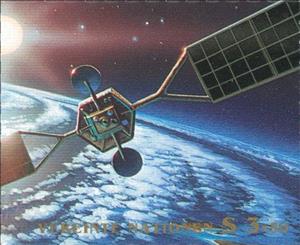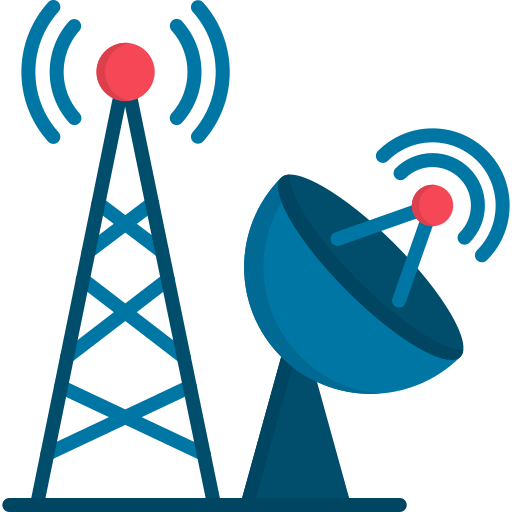Stamp: UNISPACE III (UNO Vienna 1999)
UNISPACE III (UNO Vienna 1999)
01 January (UNO Vienna ) within release UNISPACE III goes into circulation Stamp UNISPACE III face value 3.50 Austrian schilling
| Stamp UNISPACE III in catalogues | |
|---|---|
| Michel: | Mi:NT-WN 292 |
Stamp is square format.
Also in the issue UNISPACE III:
- Stamp - UNISPACE III face value 3.50;
- Stamp - UNISPACE III face value 3.50;
- Stamp - UNISPACE III face value 13;
|
Data entry completed
46%
|
|
|---|---|
| Stamp UNISPACE III in digits | |
| Country: | UNO Vienna |
| Date: | 1999-01-01 |
| Emission: | Commemorative |
| Format: | Stamp |
| Face Value: | 3.50 Austrian schilling |
Stamp UNISPACE III it reflects the thematic directions:
Special Occasions
Communication is commonly defined as the transmission of information. Its precise definition is disputed and there are disagreements about whether unintentional or failed transmissions are included and whether communication not only transmits meaning but also creates it. Models of communication are simplified overviews of its main components and their interactions. Many models include the idea that a source uses a coding system to express information in the form of a message. The message is sent through a channel to a receiver who has to decode it to understand it. The main field of inquiry investigating communication is called communication studies.
Telecommunication, often used in its plural form or abbreviated as telecom, is the transmission of information with an immediacy comparable to face-to-face communication. As such, slow communications technologies like postal mail and pneumatic tubes are excluded from the definition. Many transmission media have been used for telecommunications throughout history, from smoke signals, beacons, semaphore telegraphs, signal flags, and optical heliographs to wires and empty space made to carry electromagnetic signals. These paths of transmission may be divided into communication channels for multiplexing, allowing for a single medium to transmit several concurrent communication sessions. Several methods of long-distance communication before the modern era used sounds like coded drumbeats, the blowing of horns, and whistles. Long-distance technologies invented during the 20th and 21st centuries generally use electric power, and include the telegraph, telephone, television, and radio.
A satellite or artificial satellite is an object, typically a spacecraft, placed into orbit around a celestial body. They have a variety of uses, including communication relay, weather forecasting, navigation (GPS), broadcasting, scientific research, and Earth observation. Additional military uses are reconnaissance, early warning, signals intelligence and, potentially, weapon delivery. Other satellites include the final rocket stages that place satellites in orbit and formerly useful satellites that later become defunct.





